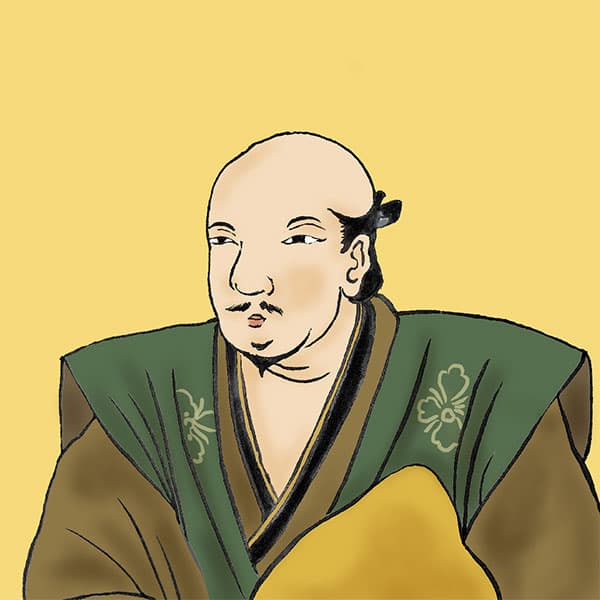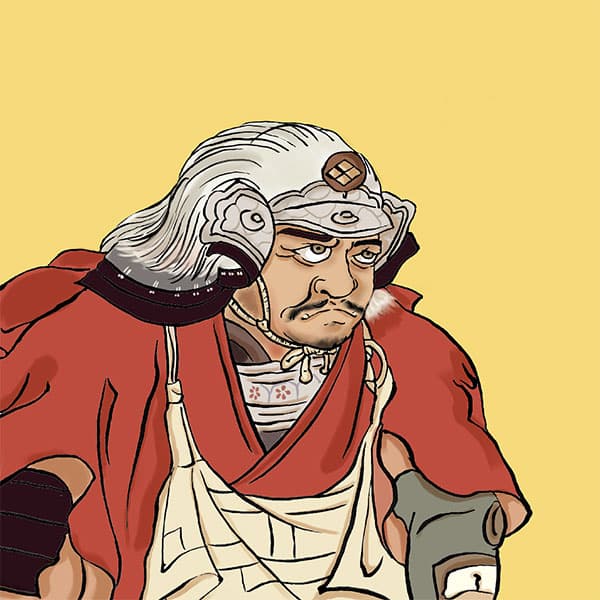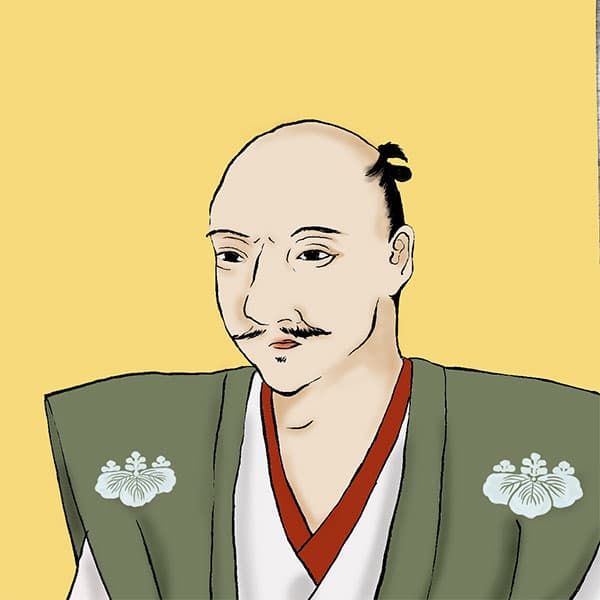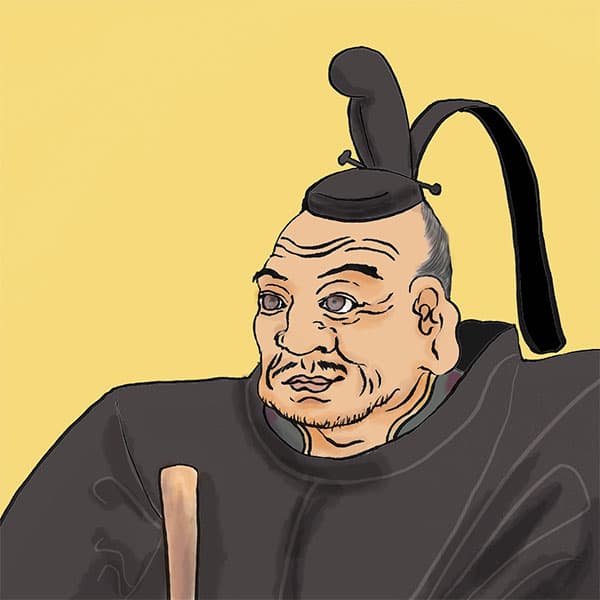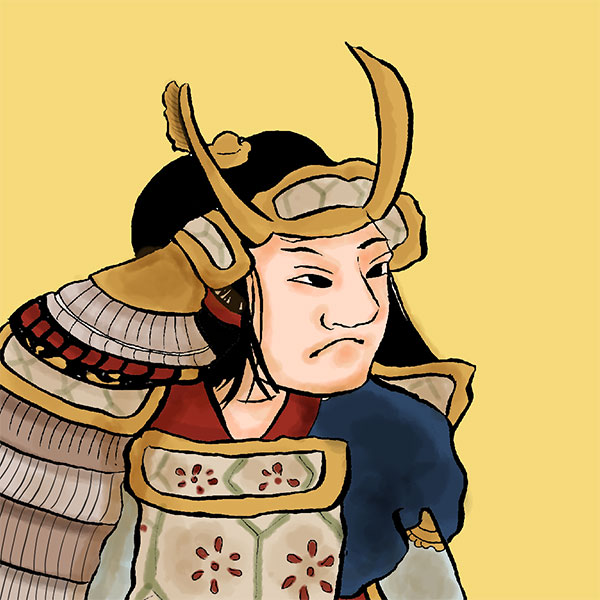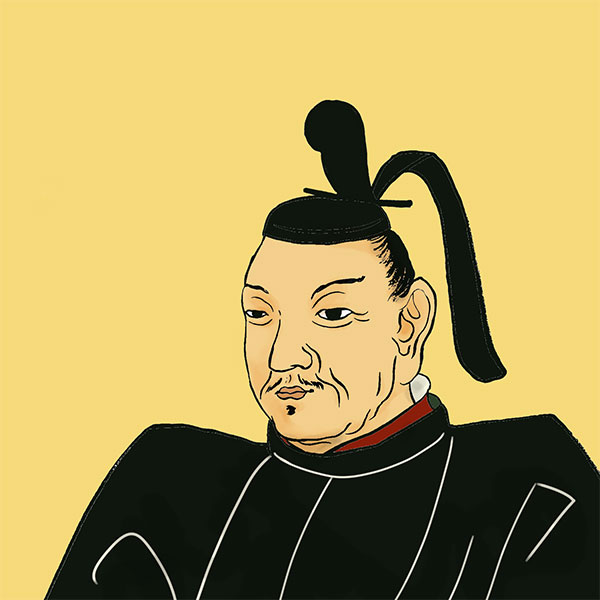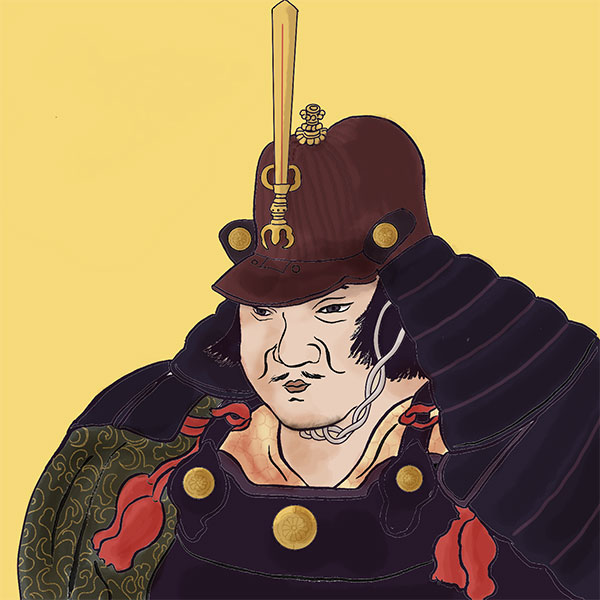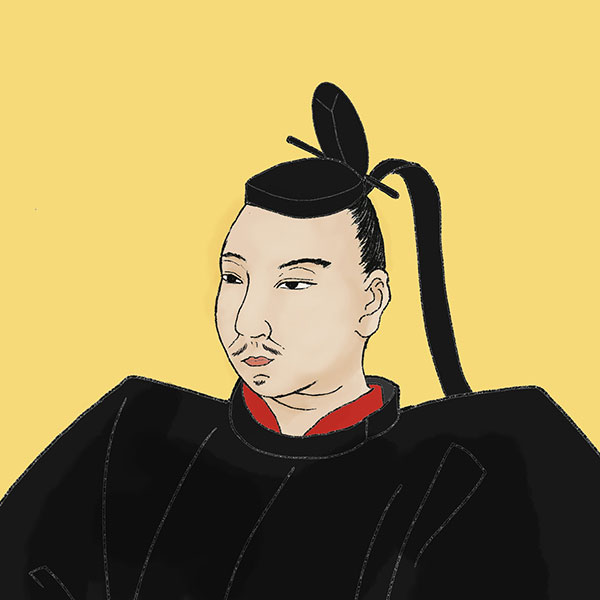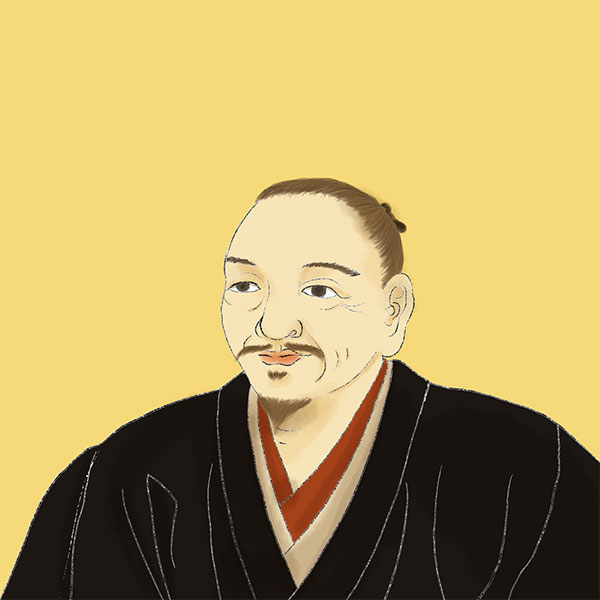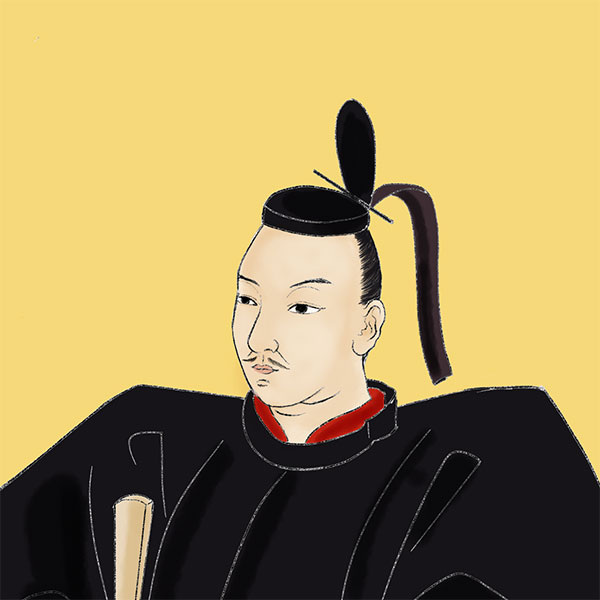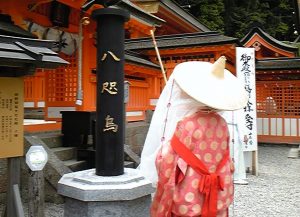Battle of Nagashino (1/2)Looking back on the Battle of Nagashino, where Katsuyori Takeda suffered a crushing defeat
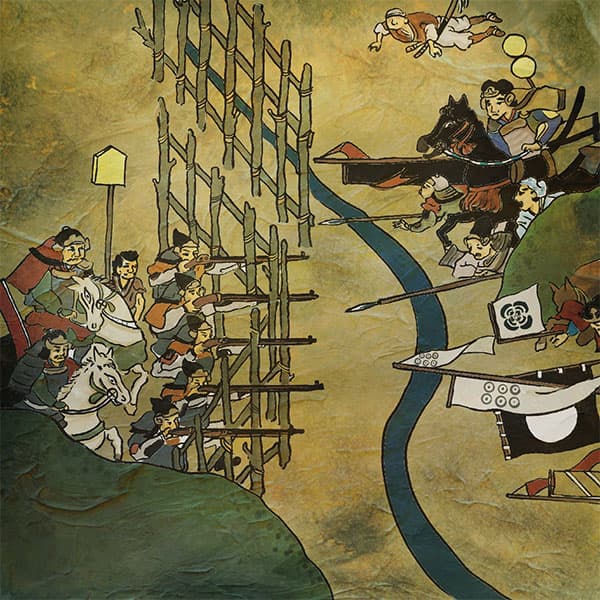
Battle of Nagashino
- Article category
- case file
- Incident name
- Battle of Nagashino (1575)
- place
- 22-1 Nagashinoji Market, Shinshiro, Aichi Prefecture
- Related castles, temples and shrines

Kofu Castle

Tsuchigasakikan

Nagashino Castle
- people involved
One of the famous battles of the Sengoku period was the Battle of Nagashino, fought between Takeda Katsuyori, who succeeded Takeda Shingen, and the combined forces of Oda Nobunaga and Tokugawa Ieyasu. To put it simply, it was a battle in which the Oda and Tokugawa armies defeated the Takeda army at Nagashino Castle and Shitarahara in Mikawa Province (Aichi Prefecture), and is said to be the first battle in Japan to incorporate guns into its tactics. There is a well-known story in which the Takeda cavalry was sealed off with a ``horse stockade,'' and the soldiers were divided into groups of three and destroyed using a ``three-stage attack,'' in which they fired continuously. The battle is often talked about from the perspective of Nobunaga and Ieyasu, but this time I would like to focus on the Takeda family.
Until the Battle of Nagashino - Part 1: Shingen's death
In order to understand why the Battle of Nagashino occurred, we need to look at the relationship between Takeda Shingen, Takeda Katsuyori's father, and Oda Nobunaga. At first, Shingen and Nobunaga maintained a loose friendly relationship, but after Nobunaga burned down Enryaku-ji Temple on Mt. Hiei, Shingen criticized Nobunaga. After that, Shingen joins Nobunaga's siege network led by Yoshiaki Ashikaga and invades Mikawa Province, ruled by Ieyasu Tokugawa.
Shingen cornered Ieyasu and Nobunaga, but due to worsening chronic illness, he called off the attack midway through and recuperated at Nagashino Castle. Afterwards, he passed away on April 12, 1573, while returning to Kai. It is well known that in his will he ordered, ``I will keep my death a secret for three years, and during that time I will cultivate the strength of the nation.''
According to Shingen's will, the successor was Shingen's fourth son, Katsuyori Takeda. Officially, Shingen was supposed to have retired, but within a few months, Shingen's death became known to the surrounding feudal lords. Information warfare was also popular during the Sengoku period, and I don't think there were many military commanders who would have believed him if he had been told that he was retiring at this time.
Now, Nobunaga and Ieyasu took advantage of the opportunity to weaken the Takeda family and counterattacked the Takeda family. Ieyasu forced Sadanoshi Okudaira, a vassal of the Takeda family, to defect and captured Nagashino Castle in September of the 4th year of Genki. Nobunaga attacked Omi Province (Shiga Prefecture) and destroyed Azai Nagamasa and Asakura Yoshikage, who had formed an alliance with the Takeda family.
Until the Battle of Nagashino - Part 2: Katsuyori's overseas campaign strategy
Under these circumstances, Katsuyori, who had just succeeded Shingen, had difficulty organizing his vassals. In the first place, Shingen's eldest son was Yoshinobu Takeda, but he disagreed with Shingen and was suspected of plotting a rebellion, which ultimately forced him to commit suicide. Shingen's second son, Nobuchika Unno, was blind and had become a monk, and his third son, Nobuyuki, had died young, so Katsuyori was chosen as his successor.
In the first place, Katsuyori's mother was the daughter of the Suwa clan, which was destroyed by the Takeda clan, and Katsuyori himself inherited the Suwa clan as ``Suwa Shiro Katsuyori.'' A member of the Suwa family who lost to the Takeda family and became a vassal became the top of the Takeda family. It is no wonder that the vassals who served Shingen felt resistance to following him.
Shingen himself did not consider Katsuyori to be his official successor, but rather to serve as a guardian until his son Nobukatsu took over as head of the family. According to ``Koyo Gunkan,'' a book about the tactics and strategies of the Takeda family, Shingen wrote in his will that Katsuyori was to be the lord of the camp, and that Katsuyori was not allowed to carry the flag of the Takeda family. It is said that ``Koyo Gunkan'' lacks historical accuracy, but I feel sorry for Katsuyori when I think that the feeling of ``just a proxy'' was strong enough for it to be written like this.
Under such circumstances, the quickest way to unite the Takeda family's vassals was to attack outside. Katsuyori aggressively went on foreign expeditions, contrary to Shingen's will to solidify the nation's power.
In 1574, they invaded Mino Province (Gifu Prefecture), an Oda territory, and captured 18 castles, including Akechi Castle and Iibama Castle, in just one and a half months. They also invaded Totomi (Shizuoka Prefecture), which was ruled by Ieyasu, and in June they captured Takatenjin Castle, a famous castle that even Shingen was unable to capture. Katsuyori must have been proud of his achievements that surpassed those of Shingen. In fact, it was during this period that the Takeda family had the most extensive territory. In September, they approached Hamamatsu Castle and set fire to the castle grounds. He pushed Ieyasu into a corner with unbelievable force.
Although Katsuyori's reputation tends to be low due to the image of his crushing defeat at the Battle of Nagashino, people at the time he was alive held high praise for him, and Nobunaga warned him not to let his guard down. Regarding Katsuyori's death, he commented, ``He is a great archer (a great warrior) who is hidden in Japan, but when his luck runs out, this is what happens (he dies).'' (``Mikawa Monogatari'').
The Battle of Nagashino begins! ~Takeda army 15,000 vs. Oda/Tokugawa army 38,000~
On May 11, 1575, Katsuyori launched an all-out attack on Nagashino Castle to subdue Okudaira Sadanori and his son Sadamasa, who had betrayed the Takeda clan and joined the Tokugawa clan. This was the beginning of the Battle of Nagashino. The Takeda army surrounded Nagashino Castle with 15,000 soldiers (there are various theories such as 8,000 soldiers). Nagashino Castle had a force of 500 soldiers.
It seems that Katsuyori intended to attack the castle before reinforcements arrived, but the Okudaira family of Nagashino Castle held out desperately. Ieyasu was only able to deploy around 8,000 soldiers, so he desperately requested reinforcements from Nobunaga. Nobunaga asked for help in the form of a threat, saying, ``If you don't join us, we'll attack Owari with Takeda.'' As a result, Nobunaga sent in 30,000 reinforcements. A total of 38,000 Oda and Tokugawa troops arrived at Shitarahara.
Reason why Nagashino Castle endured: “Torii Goemon” who did not betray his master
Why were Okudaira and his son at Nagashino Castle able to withstand the onslaught of 15,000 Takeda troops until reinforcements arrived? One of the reasons is said to be the existence of Torii Goemon. Koemon was an foot soldier who served the Okudaira clan, and he played the role of a messenger who went to request reinforcements from Ieyasu who was at Okazaki Castle.
On May 14th, Goemon escaped from Nagashino Castle, evaded the Takeda army, and managed to reach Okazaki Castle. When Goemon learned that 38,000 reinforcements were being prepared, he hurried back to Nagashino Castle to deliver the good news, but he was spotted by the Takeda army right in front of the castle and captured. .
Koemon confidently speaks to the Takeda army about reinforcements, thinking, ``If I'm going to die anyway...'' Katsuyori makes a deal with Goemon, who is behaving boldly in the enemy camp, saying, ``If you go to Nagashino Castle and say, ``Reinforcements will not come,'' your life will be spared, but if you don't mind, I will serve as a government official.'' Goemon accepts Katsuyori's proposal.
When Goemon was taken out in front of the castle, he shouted, "Reinforcements are coming!" Despite risking his life, Goemon relayed the truth, and was crucified by the enraged Takeda army and lost his life (according to one theory, he was decapitated). However, his words gave hope to the people of Nagashino Castle and greatly boosted their morale.
Katsuyori decides to fight against the Oda and Tokugawa forces.
Meanwhile, reinforcements from the Oda and Tokugawa armies arrived at Shitarahara on May 18th. When the Takeda army learned of this, they debated whether to fight or retreat. Even if they were to fight, opinions would be divided and disputes over whether to capture Nagashino Castle first, attack Shitarahara, or retreat.
Yamagata Masakage, Baba Nobuharu, and Naito Masahide, all vassals from the Shingen period, proposed retreat, but Katsuyori's close aides Katsushi Atobe and others recommended a decisive battle. There was also information that Nobumori Sakuma of the Oda army would respond privately (it was actually Nobunaga's plan), so Katsuyori decided to fight against the Oda and Tokugawa forces.
Katsuyori left 3,000 of his 15,000 soldiers behind to deal with Nagashino Castle, and led the rest towards Shitarahara. There is also a story that the people who recommended retreat already had a premonition of defeat before the battle began, and they all exchanged a farewell cup.
The reason why Katsuyori decided to fight is that the Oda and Tokugawa armies had stopped moving at Shitarahara, and there are theories that he considered this to be unprepared and low morale, and that reinforcements from the Oda army were not expected in the first place. There is a theory that he learned about Shitarahara for the first time. Perhaps he was arrogant due to his accomplishments such as ``capturing Takatenjin Castle, which my father could not.''
The preparations at Shitarahara and the surprise attack on Tobigasuyama Fort made the difference in the war.
On the other hand, the Oda and Tokugawa forces were steadily preparing to intercept the Takeda forces at Shitarahara. Shitara ``Hara'' has an image of a good view, but in reality it is a hilly area with streams and streams, and the visibility was not good. The Oda and Tokugawa armies took advantage of this by building artificial cliffs, earthen walls, and earthworks, dividing their soldiers into small groups, and hiding them in depressions where they could not be seen by the enemy. In addition, a horse guard fence was also installed as a countermeasure against the Takeda family's cavalry. Shitarahara will be transformed into a "castle" for the Oda and Tokugawa forces.
- people involved

- WriterNaoko Kurimoto(Writer)I am a former travel industry magazine reporter. I have loved history, both Japanese and world history, since I was a child. I usually enjoy visiting temples and shrines, especially shrines, and often do ``pilgrimages to sacred places'' themed around historical figures. My favorite military commander is Ishida Mitsunari, my favorite castle is Kumamoto Castle, and my favorite castle ruins is Hagi Castle. My heart flutters when I see the ruins of battle castles and the stone walls of castle ruins.




